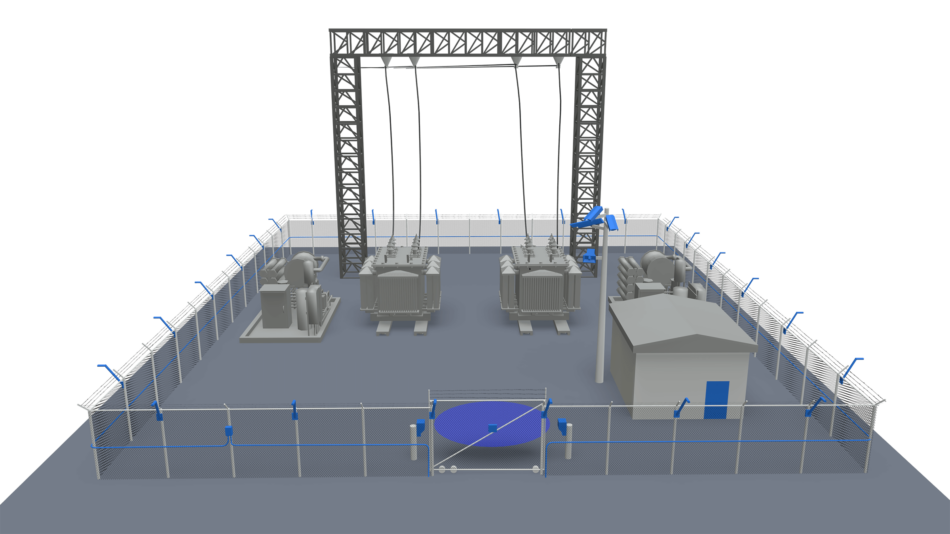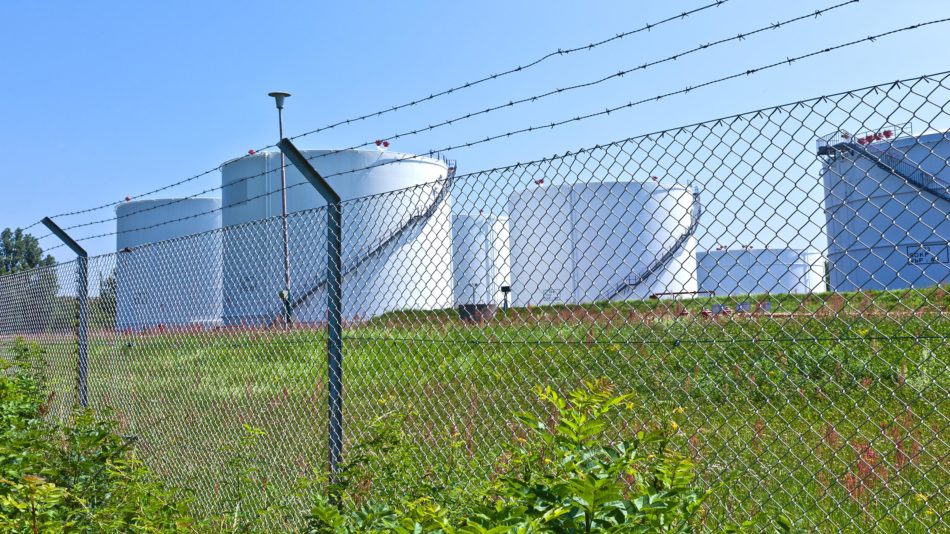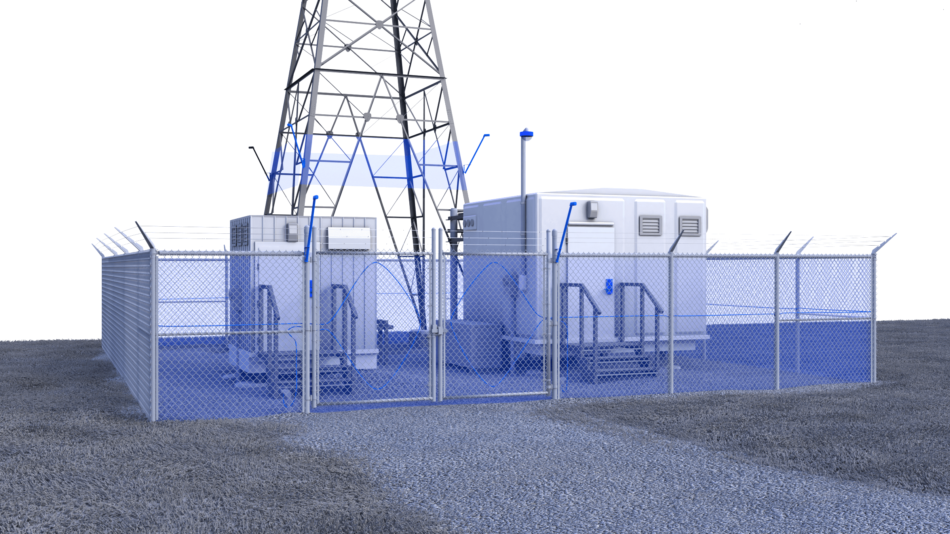Achieving a net-zero carbon footprint has emerged as a global priority, and electric utilities play a pivotal role in the decarbonization efforts of other industries that are becoming reliant on clean energy. The electric sector has spearheaded the transition towards sustainable energy because of the availability and use of commercially mature technologies. While natural gas and coal generation will persist in the mix for the foreseeable future, a steady transition to low-carbon technologies ensures a diversity of methods for a consistent and affordable energy supply that accommodates the escalating demands of society.
Leveraging technology is critical in the move to sustainable, carbon-neutral energy and the electric utility industry can implement a number of initiatives to ensure its viability:
- Invest in a number of green technologies such as hydroelectric, solar arrays, and wind farms.
- Institute security solutions to protect a broadly deployed array of assets such as solar panels, wind turbines, and substations from theft, vandalism, and even terrorism.
- Innovate with carbon capture and storage (CCS) technologies for biomass and existing natural gas plants.
- Build more electric substations and transmission lines to transport generated electricity from the new diversity of sources.









